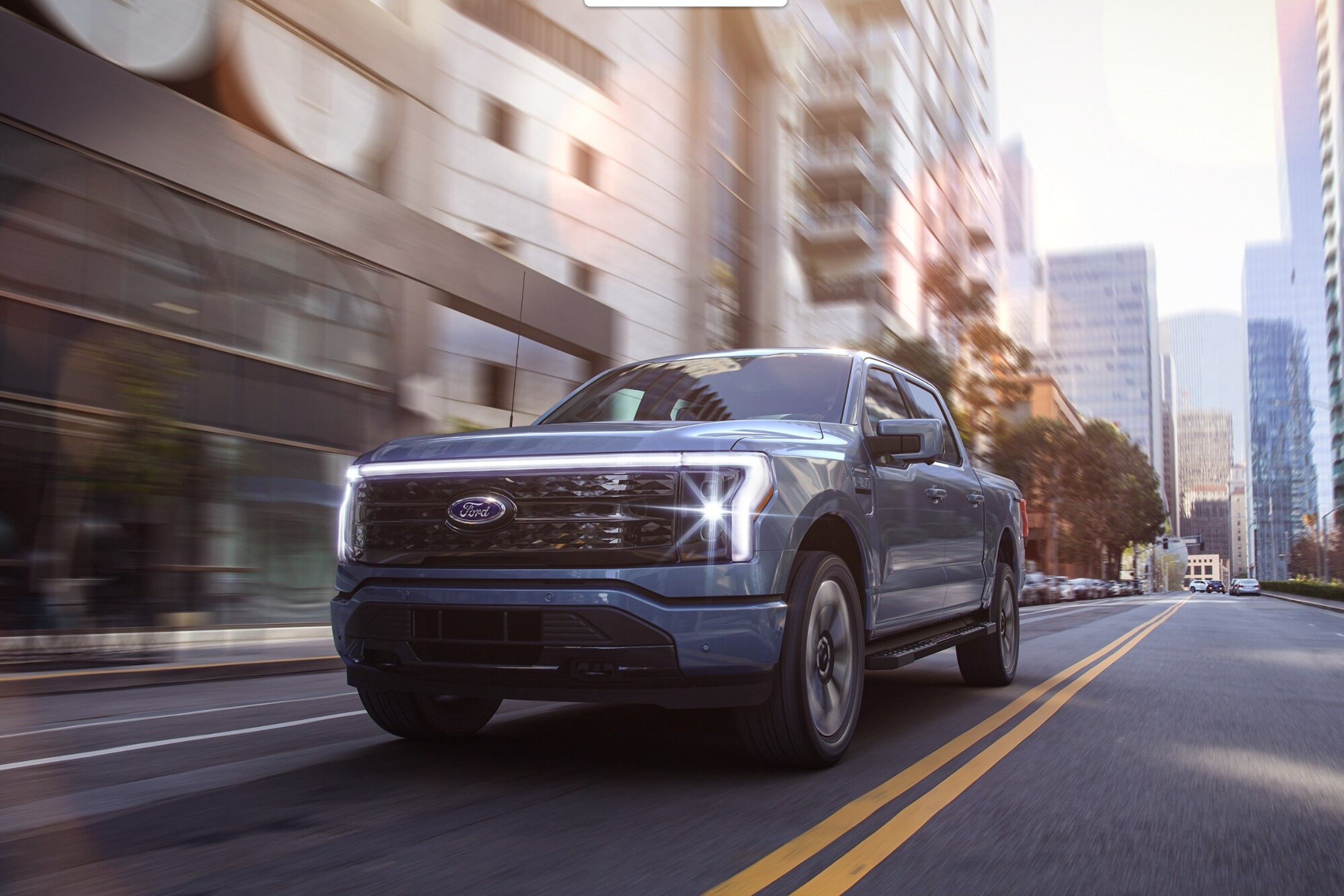Ford F-150 Lightning’s backup power feature is pricey — but it’s still a good deal
You'll need to pay before you can use the feature, but it undercuts Tesla

There are a lot of reasons to be excited about the Ford F-150 Lightning. One of the most practical non-driving features is its ability to function as a backup power supply, in the event of a power outage. But the catch is that you need to pay for Ford’s “Home Integration System” to make it happen.
It’s now been confirmed by Matthew Stover, Ford’s director of charging & energy services, that this system costs $3,895. A hefty price that doesn’t involve the cost of installation, or the $1,310 you’ll need to buy Ford’s Charge Station Pro bidirectional charger.
In other words you’re paying for $5,200 worth of kit, plus whatever it costs to install it all. That’s after paying a minimum of $39,947 for the F-150 Lightning electric truck.
The prices are all rather eye-watering at first glance, but it’s not quite so bad as you might immediately assume. If you planned on buying an F-150 Lightning truck already, then the cost of buying the truck is irrelevant. And, compared to dedicated backup battery systems, $5,200 plus installation cost isn’t a terrible deal.
The Tesla Powerwall, for instance, costs a minimum of $11,000 to install, and holds 13.5 kWh of electricity. The Ford F-150 Lighting’s standard range battery holds 98 kWh, and the extended range option offers 131 kWh. You’ll generally need to use that power to drive around, but in the event of a power outage you have a lot more juice to fall back on.
Even a half full battery has around 49 kWh of stored electricity, which is around three and a half times more than a Powerwall. And for roughly half the price — provided you ignore the cost of the truck itself.
According to Stover, Ford's system will automatically kick in once the power goes out. Your house gets disconnected from the grid, and power starts flowing from the car’s battery. In future this system will also be able to use something called Ford Intelligent Power — which draws power from the car’s battery when power is more expensive. That aims to save the owner money and ease pressure on the grid.
Sign up to get the BEST of Tom's Guide direct to your inbox.
Get instant access to breaking news, the hottest reviews, great deals and helpful tips.
Of course, the disadvantage is that EVs also need that power to get around. Backup batteries never move, and the power is only ever used to power your home. Hopefully Ford will have a system that allows users to set a limit, and prevent their trucks battery level dipping below a specific point.
Production for the Ford F-150 Lightning kicked off on April 26, and deliveries began this week. Interestingly Ford may have under-promised, with range and performance clocking in higher than what was originally promised. The long-range battery offers 320 miles of EPA rated range, rather than the 300 originally promised, though the standard range model still clocks in at 230 miles.
Both models have increased horsepower and towing capacity as well. The standard range models offer 452 HP, up from 426 HP, and the extended range models offer 580 HP — up from 563 HP. Both models can tow up to 2,235 lbs, up from the promised 2,000 lbs.
Next: Check out our complete review of the Ford F-150 Lightning.

Tom is the Tom's Guide's UK Phones Editor, tackling the latest smartphone news and vocally expressing his opinions about upcoming features or changes. It's long way from his days as editor of Gizmodo UK, when pretty much everything was on the table. He’s usually found trying to squeeze another giant Lego set onto the shelf, draining very large cups of coffee, or complaining about how terrible his Smart TV is.
